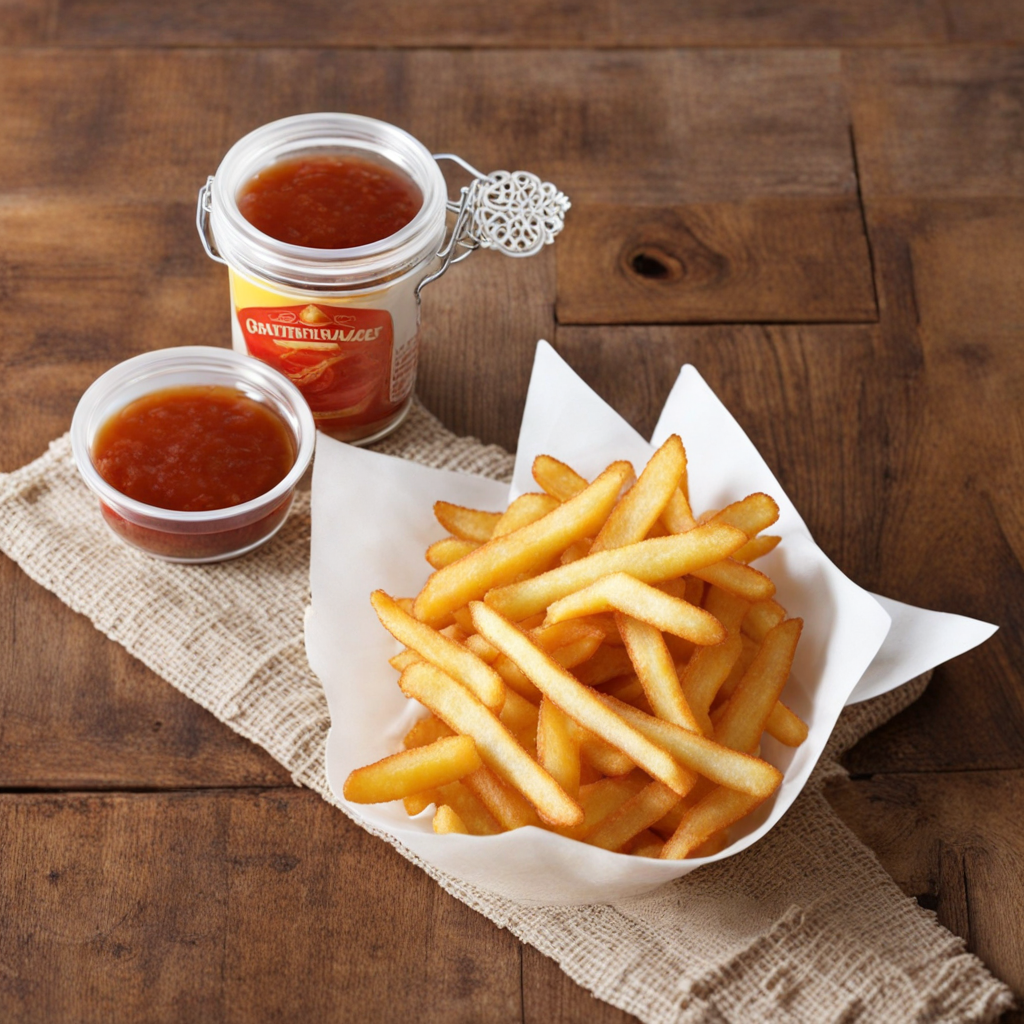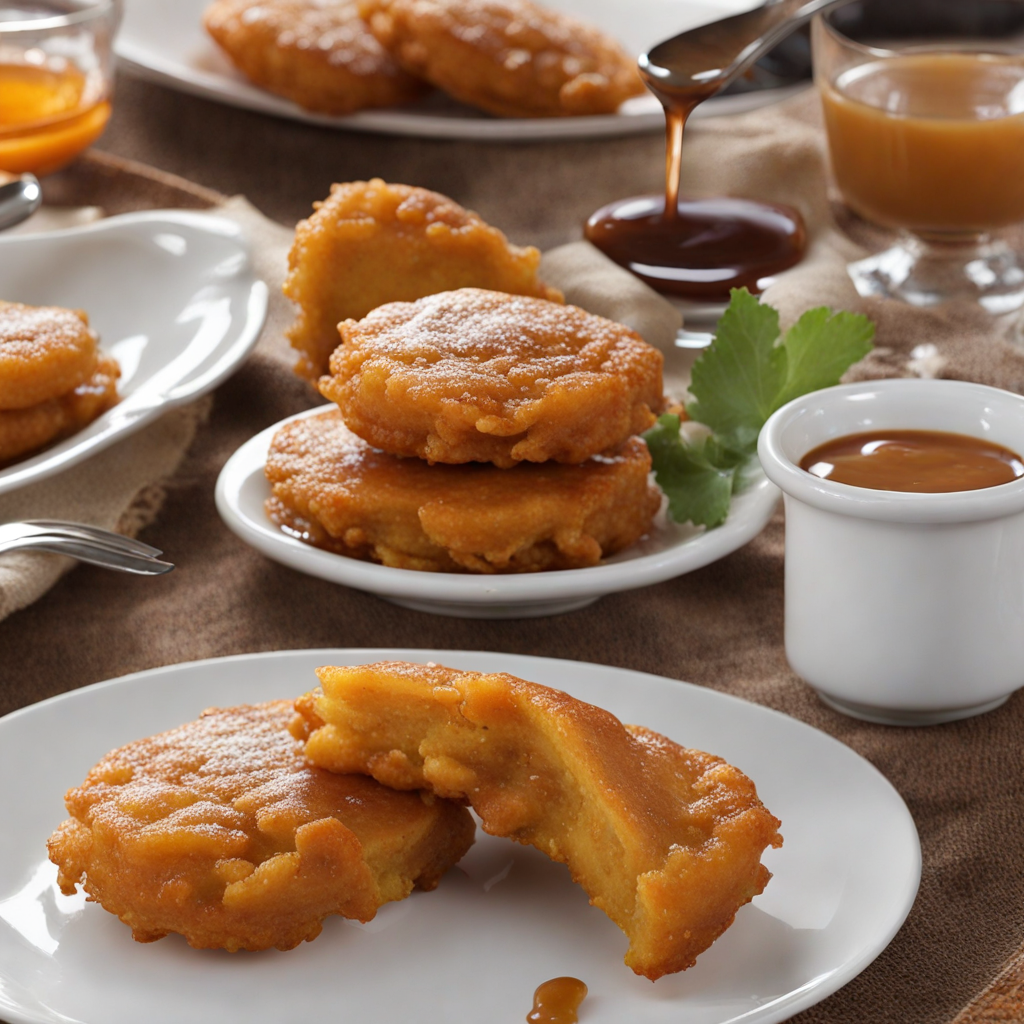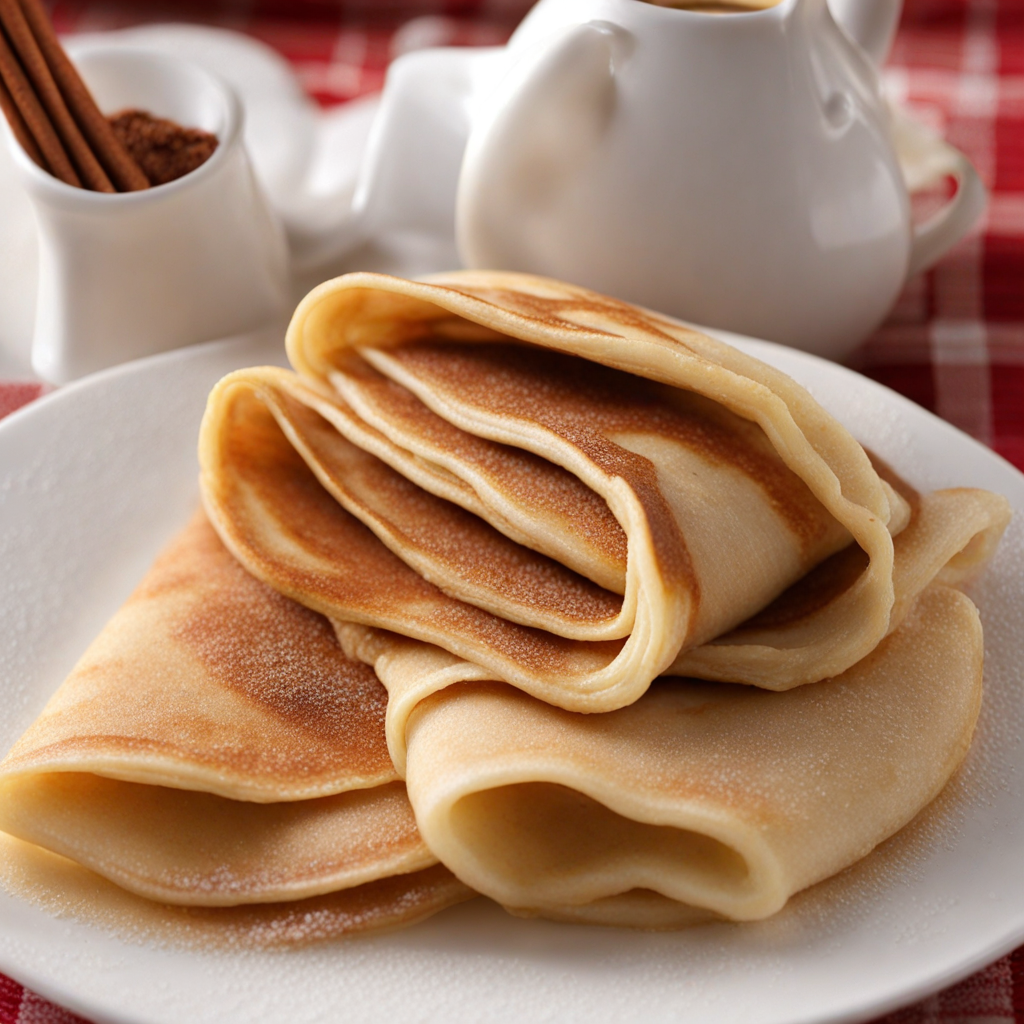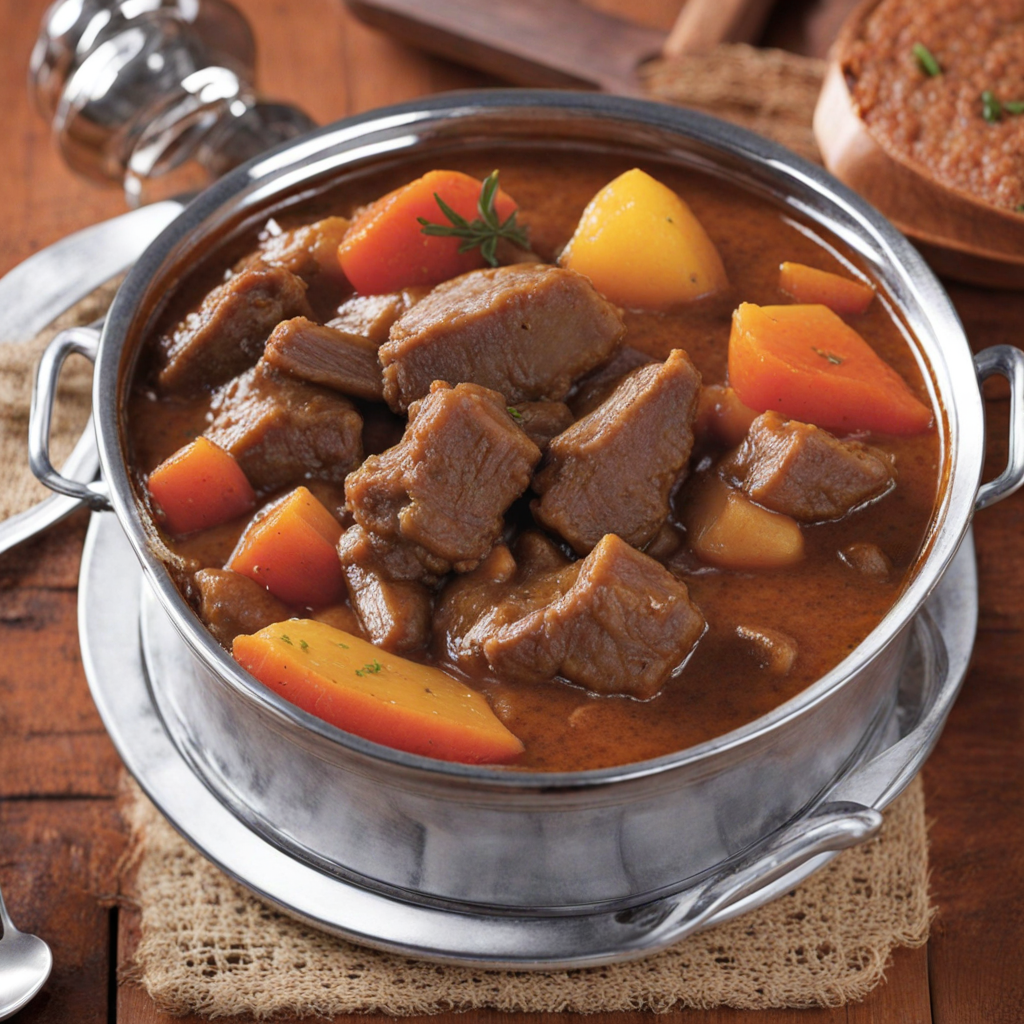Slap Chips
Slap Chips are a beloved South African street food that offers a unique twist on traditional French fries. Unlike their crispy counterparts, Slap Chips are characterized by their soft, fluffy interior and a slightly soggy exterior. This texture is achieved by frying thick-cut potatoes at a lower temperature, which allows them to cook through without achieving that golden crunch. The result is a comforting, potato-centric dish that perfectly complements the rich flavors of South African cuisine. Typically, Slap Chips are served with a sprinkle of vinegar and a dash of salt, enhancing their natural potato flavor while adding an irresistible tanginess. They can also be enjoyed alongside various dips or toppings, such as a spicy peri-peri sauce, mayonnaise, or even a generous helping of tomato sauce. Many locals enjoy them as a side dish to their favorite grilled meats or as part of a hearty meal on their own, showcasing their versatility as a beloved comfort food. The cultural significance of Slap Chips in South Africa cannot be understated; they are often found at street vendors, markets, and fast-food outlets, making them an accessible and affordable treat for everyone. Whether you're grabbing a quick snack on the go or savoring them as part of a larger meal, Slap Chips promise a delightful experience that highlights the country’s rich culinary traditions and love for hearty, satisfying food.
How It Became This Dish
The History of Slap Chips: A South African Culinary Delight Slap chips, a beloved staple of South African street food culture, are more than just a side dish; they are a symbol of social gatherings, comfort, and the rich tapestry of South African culinary heritage. These thick-cut fries, often served with a tangy vinegar sauce, have a story that reflects the country's diverse influences and evolving food landscape. Origins The term "slap chips" translates to "slap" meaning "soft" or "soggy" in Afrikaans, which aptly describes their texture. Unlike the crispy French fries that have become ubiquitous in many parts of the world, slap chips are characterized by their soft, pillowy interior and a slightly crispy exterior. Their origins can be traced back to the early 20th century, when Dutch and Belgian settlers brought their culinary traditions to South Africa. As potatoes became more widely cultivated in the region, frying them in oil emerged as a popular cooking method. The earliest records of fried potatoes date back to the 19th century, but it was in the mid-1900s that slap chips began to solidify their identity. Street vendors and fish and chips shops became prevalent, particularly in coastal towns, where slap chips were often served alongside fried fish. Over the years, as urban centers grew, the demand for quick, affordable comfort food soared, and slap chips became a crucial part of the South African food landscape. Cultural Significance Slap chips are more than just a dish; they are a cultural phenomenon deeply woven into the fabric of South African life. They are often found at roadside stalls, takeaways, and restaurants, serving as a culinary bridge between different communities. The dish is particularly associated with the working class, who enjoy them as a quick and inexpensive meal option. One of the most significant aspects of slap chips is their role in social gatherings. They are often enjoyed in conjunction with other comfort foods, such as boerewors (a traditional South African sausage) or biltong (dried cured meat). At sports events, family picnics, and social gatherings, slap chips are a common sight, shared among friends and family. The communal experience of sharing a bowl of slap chips fosters a sense of togetherness and celebration. In many ways, slap chips are emblematic of the South African spirit, showcasing the country’s ability to blend diverse culinary influences. The dish reflects the melting pot of cultures present in South Africa, including indigenous African, Dutch, Indian, and Malay influences. Each community has adapted the dish to suit its preferences, incorporating spices, sauces, and accompaniments that resonate with their unique culinary heritage. Development Over Time As South Africa transitioned through various political and social changes, slap chips adapted and evolved. The post-apartheid era saw a resurgence of interest in local culinary traditions, leading to a revitalization of street food culture. Slap chips became a symbol of national pride and identity, celebrated for their simplicity and versatility. In recent years, the rise of food trucks and gourmet eateries has brought slap chips back into the spotlight. Chefs and food innovators have put their own spin on the traditional dish, experimenting with flavors, toppings, and presentations. For instance, slap chips are now often served with gourmet toppings such as peri-peri chicken, chili con carne, or even truffle oil, appealing to both local and international palates. The influence of global food trends has also played a role in the evolution of slap chips. As South Africans travel and experience international cuisine, they bring those influences back home. This cross-pollination has led to innovative variations, including slap chips served with international sauces like sriracha or aioli. Moreover, the growing trend of health consciousness has prompted some vendors to explore alternative cooking methods, such as air frying or baking, while still maintaining the essence of slap chips. However, traditionalists argue that the rustic charm of the original deep-fried version is an integral part of the experience, capturing the nostalgia of simpler times. Conclusion Slap chips are more than just a popular food item in South Africa; they represent a rich history of cultural exchange, adaptation, and resilience. From their humble beginnings to their place as a culinary icon, slap chips embody the spirit of South Africa—a nation marked by diversity, innovation, and a deep appreciation for comfort food. As they continue to evolve, slap chips remain a beloved dish that resonates with many South Africans, serving as a reminder of shared experiences and communal joy. Whether enjoyed from a street vendor, at a bustling market, or at home with family, slap chips will always hold a special place in the hearts and stomachs of those who savor them. They are not just food; they are a connection to a vibrant culture and a testament to the enduring power of shared meals.
You may like
Discover local flavors from South Africa







